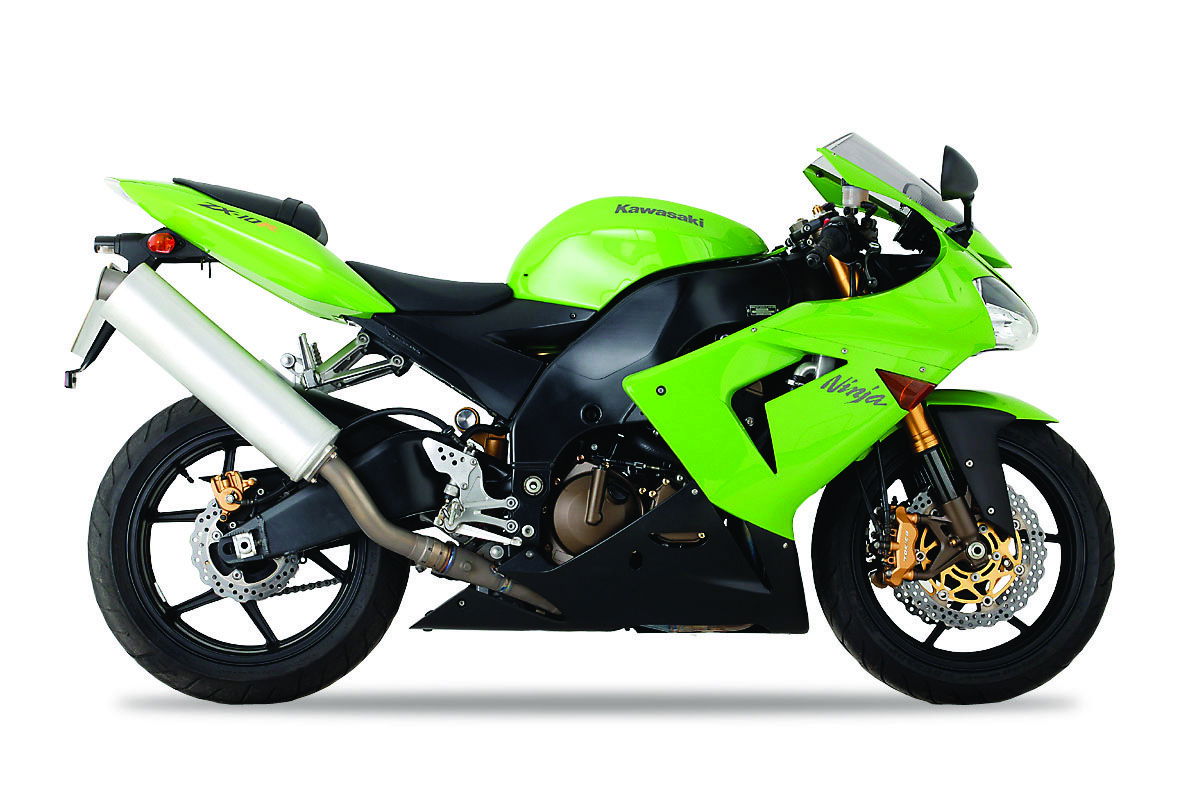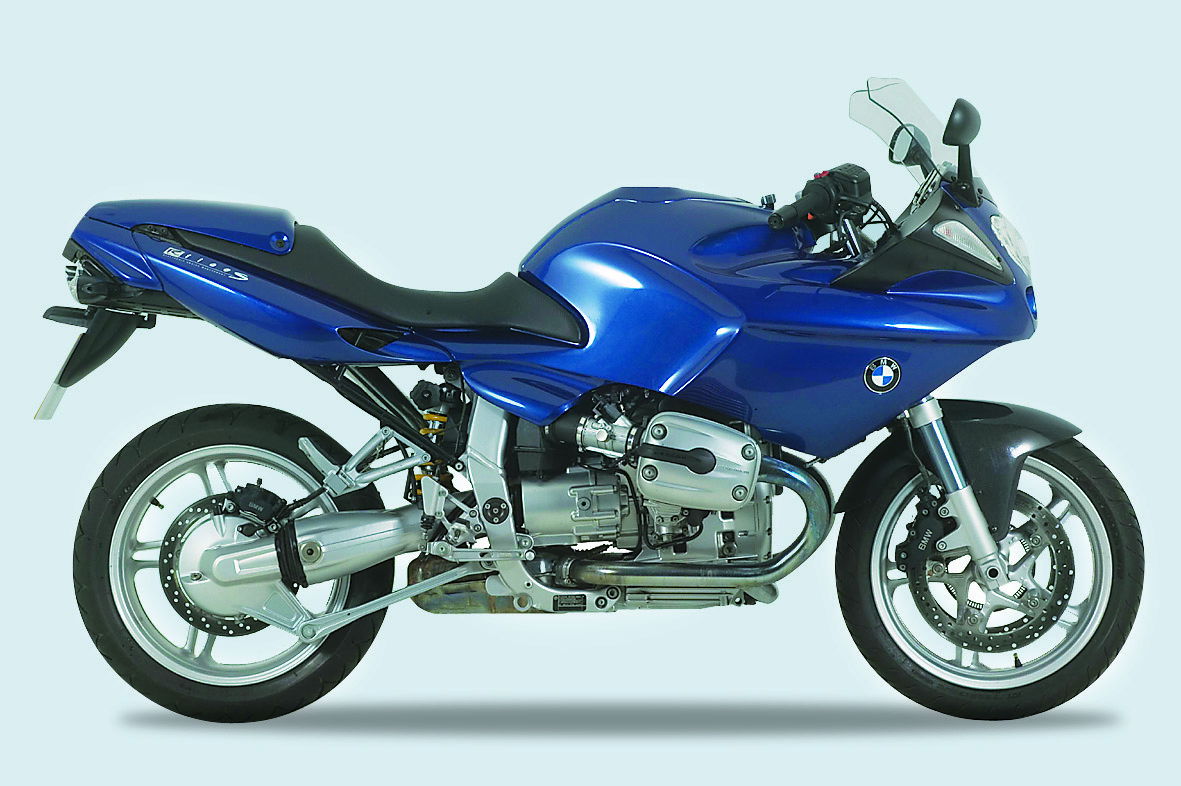749S (2002 - 2007) review
The 749S is a better bike than the 749 and when it comes to price the 749S is cheaper than both the 999 and 999S, and if you don’t mind missing a few bhp is virtually the same bike

The Ducati 749S is just so easy and confidence inspiring to ride on a track. And it also leans over further than any bike has a right to do on standard tyres.
So what’s the secret behind it? Well it’s four-fold. First up is the chassis. The 749S uses the same steel trellis frame as the base model 749. Derived from the WSB-winning 999 bike the 749S chassis has as close to perfect balance as you can get in a bike, but since Ducati has been refining the trellis design since God was a lad this isn’t really surprising. So what’s changed with the 749S?
While the chassis is identical to the 749 the S comes with higher quality suspension, like the 999S compared to the base 999. But where the 999S gets Öhlins front and rear the 749S gets Showa’s finest. The 43mm forks are Titanium Nitride coated to reduce friction and with it improve the feeling while the rear is Showa’s top monoshock. Why no Öhlins? According to Ducati it was purely a cost thing, and although Ohlins does offer some advantages they aren’t enough to justify a further price hike.
So there can hardly be any complaints about the rolling chassis, but does some fancy suspension justify the extra £1000 the S costs over the 749’s £8795? Probably not, but the S also gets a higher spec motor to help riders explore the potential of said improved chassis.
The 748cc engine (not 749cc as the name suggests – that capacity is reserved for the 749R homologation special), has the same bore and stroke as the base 749 model but gets an upped compression ratio as well as 1mm bigger intake valves. The cams are reshaped to give a higher lift to the valves for more power and as well as the crank other engine internals have been lightened and redesigned to improve reliability and increase the power. The result of all this work is an engine that revs 500rpm higher than the 749 but with a much stronger top end and faster throttle response.
On track the new motor combined with the chassis perfectly. The beauty of twins, especially Ducatis, is their stability in corners and the new motor really helped this. It drives from as low as 6000rpm and is totally smooth and predictable all the way through the range. In a corner you can roll on and off the throttle should you decide that actually you may have been a little ambitious in your cornering and the bike refuses to complain. It doesn’t sit up, run wide or do anything apart from go exactly where you want it to go. You can even go as far as to fully close the throttle mid-corner and the bike still doesn’t budge from its line.
Driving out of corners and along the enormous Catalunya start/finish straight the 749S feels much stronger than the standard 749 and reached just over 150mph before the braking marker for the first corner.
Slamming on the brakes and the 749S impresses again. Hard on the anchors it is totally planted, and the Brembo brakes offer more than enough stopping potential. The forks didn’t even come close to bottoming out despite the force of hauling a flying Duke and my excessive bulk from over 150mph down to around 60mph in less than 200 meters.
Turning into corners while still on the brakes refused to upset the bike and the front just gripped and gripped. Which is the fourth secret behind the Ducati, its tyres. The Pirelli Diablo Corsa’s were simply stunning and never moved all day. In fact I found it hard to find a fault with the 749S at all. The only slight grips are taller riders may find it a bit small, the engine sometimes stutters slightly when you open the throttle wide at low revs, it doesn’t turn into a corner quite as easily as some Japanese bikes and the usual impracticalities of a Ducati superbike as a road bike. Apart from these the 749S is a brilliant track tool.
The Ducati 749S is just so easy and confidence inspiring to ride on a track. And it also leans over further than any bike has a right to do on standard tyres.
So what’s the secret behind it? Well it’s four-fold. First up is the chassis. The 749S uses the same steel trellis frame as the base model 749. Derived from the WSB-winning 999 bike the 749S chassis has as close to perfect balance as you can get in a bike, but since Ducati has been refining the trellis design since God was a lad this isn’t really surprising. So what’s changed with the 749S?
While the chassis is identical to the 749 the S comes with higher quality suspension, like the 999S compared to the base 999. But where the 999S gets Öhlins front and rear the 749S gets Showa’s finest. The 43mm forks are Titanium Nitride coated to reduce friction and with it improve the feeling while the rear is Showa’s top monoshock. Why no Öhlins? According to Ducati it was purely a cost thing, and although Ohlins does offer some advantages they aren’t enough to justify a further price hike.
So there can hardly be any complaints about the rolling chassis, but does some fancy suspension justify the extra £1000 the S costs over the 749’s £8795? Probably not, but the S also gets a higher spec motor to help riders explore the potential of said improved chassis.
The 748cc engine (not 749cc as the name suggests – that capacity is reserved for the 749R homologation special), has the same bore and stroke as the base 749 model but gets an upped compression ratio as well as 1mm bigger intake valves. The cams are reshaped to give a higher lift to the valves for more power and as well as the crank other engine internals have been lightened and redesigned to improve reliability and increase the power. The result of all this work is an engine that revs 500rpm higher than the 749 but with a much stronger top end and faster throttle response.
On track the new motor combined with the chassis perfectly. The beauty of twins, especially Ducatis, is their stability in corners and the new motor really helped this. It drives from as low as 6000rpm and is totally smooth and predictable all the way through the range. In a corner you can roll on and off the throttle should you decide that actually you may have been a little ambitious in your cornering and the bike refuses to complain. It doesn’t sit up, run wide or do anything apart from go exactly where you want it to go. You can even go as far as to fully close the throttle mid-corner and the bike still doesn’t budge from its line.
Driving out of corners and along the enormous Catalunya start/finish straight the 749S feels much stronger than the standard 749 and reached just over 150mph before the braking marker for the first corner.
Slamming on the brakes and the 749S impresses again. Hard on the anchors it is totally planted, and the Brembo brakes offer more than enough stopping potential. The forks didn’t even come close to bottoming out despite the force of hauling a flying Duke and my excessive bulk from over 150mph down to around 60mph in less than 200 meters.
Turning into corners while still on the brakes refused to upset the bike and the front just gripped and gripped. Which is the fourth secret behind the Ducati, its tyres. The Pirelli Diablo Corsa’s were simply stunning and never moved all day. In fact I found it hard to find a fault with the 749S at all. The only slight grips are taller riders may find it a bit small, the engine sometimes stutters slightly when you open the throttle wide at low revs, it doesn’t turn into a corner quite as easily as some Japanese bikes and the usual impracticalities of a Ducati superbike as a road bike. Apart from these the 749S is a brilliant track tool.
| Seats | 0 |
| Suspension Front | Showa 43 mm upside-down |
| Suspension Rear | Progressive linkage |
| Adjustability Front | Fully adjustable fork with TiN surface treatment |
| Adjustability Rear | Fully adjustable Showa monoshock |
| Wheels Front | 3.50x17 |
| Wheels Rear | 5.50x17 |
| Wheels Made Of | New Y-shaped 5 spoke design light alloy |
| Tyres Front | 120/70 ZR 17 |
| Tyres Rear | 180/55 ZR 17 |
| Brakes Front | 2 x 320 mm semi-floating discs, 4-piston 4-pad callipers |
| Brakes Rear | 240 mm disc, 2-piston calliper |
| Chassis | Tubular ALS450 steel trellis |
| Cubic Capacity (cc) | 748 |
| Valves | 8 |
| Max Power (bhp) | 110 |
| Max Power Peak (rpm) | 10500 |
| Torque (ft/lb) | 58 |
| Torque Peak (rpm) | 8500 |
| Bore (mm) | 90 |
| Stroke (mm) | 58.8 |
| Valve Gear | DOHC |
| Compression Ratio | 12.3 |
| Valves Per Cylinder | 4 |
| Cooling | Liquid cooled |
| Fuel Delivery | Electronic |
| Stroke Type | Four Stroke |
| Drive | Chain |
| Top Speed |

